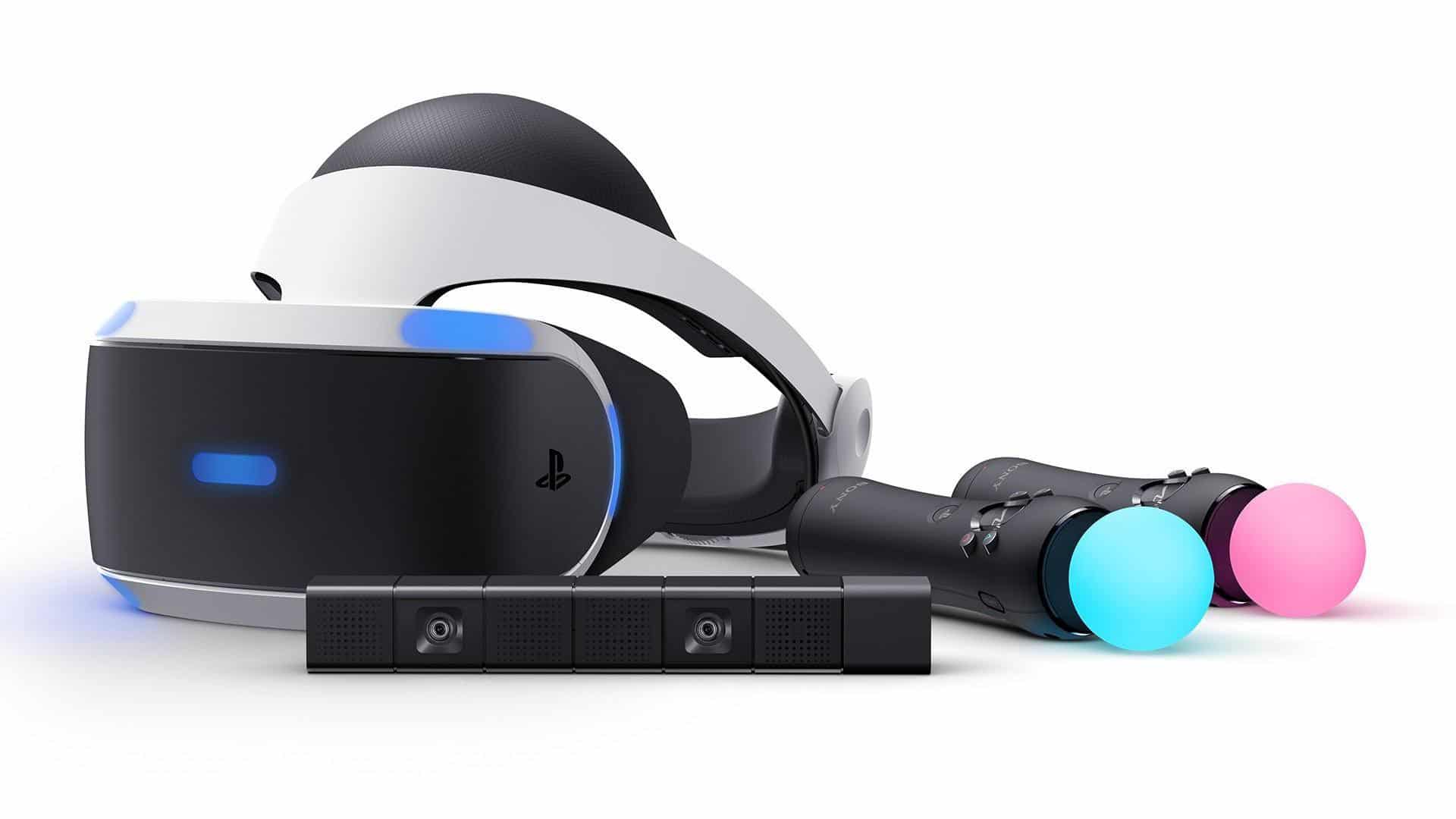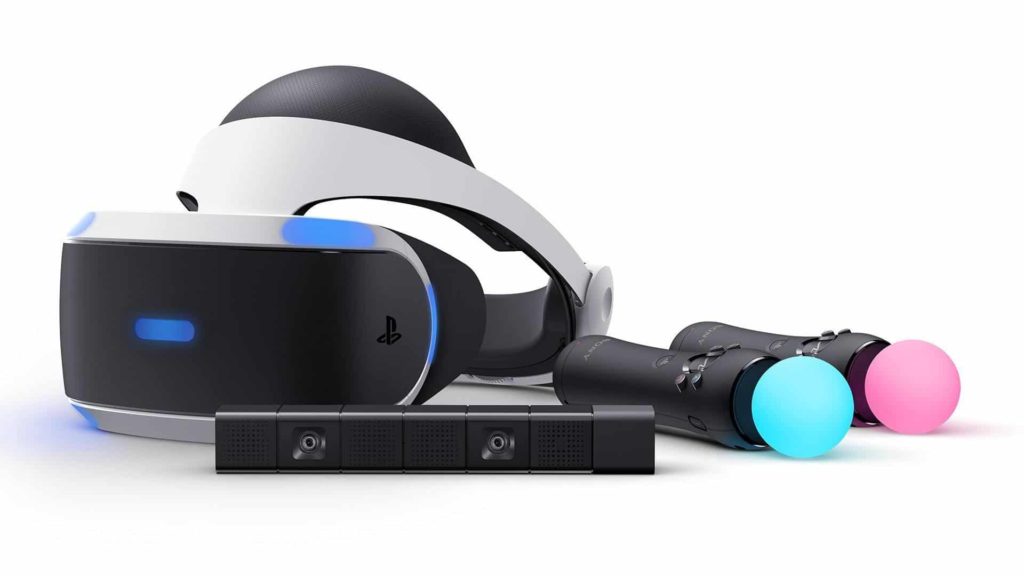
Can Exploring the World of Virtual Reality Treat Phobias?
I am a 30-year-old female who has suffered from agoraphobia for the past seven years. My phobia causes anticipatory anxiety, feelings of entrapment and panic attacks, before and after, leaving the confines of my home, or what I call my ‘safe place’.
I’m afraid of committing to simple tasks like grocery shopping. My anxiety skyrockets every time I’m “forced” to go outside. I endure panic attacks frequently when I’m out of my home — even in my own driveway.
My purse becomes saturated with the sweat dripping off of my hands, without regard to the weather. It’s disconcerting how fast my heart races. And the pit in my stomach tends to linger for an hour or two after I’ve returned home. Agoraphobia hinders me from living life to the fullest.
At the age of 26, I chose to remain housebound for an entire year, avoiding all of the anxiety the great outdoors brings me. My family and friends grew more and more concerned- my mental health had never reached such extreme measures. I knew it was time to seek professional help. I scheduled an appointment for exposure therapy, which is generally considered the first line of treatment for phobias.
Exposure therapy is a form of cognitive behavioral therapy (CBT) where patients are gradually exposed to their source of anxiety — in my case, any place outside of my home. For other people, their therapist may expose them to needles, blood, spiders, heights, public speaking, water, snakes or enclosed spaces.
My therapist has treated my condition for the past three years. While the amount of panic attacks I have each month greatly decreased, the anxiety I feel while walking through my front door is no better than before.
Last month, I read an article about Virtual Reality Exposure Therapy (VRET) treating anxiety disorders and phobias. I’m familiar with VR’s place in gaming, but I hadn’t heard of it easing or eliminating the symptoms of mental illness. I’ve contemplated if virtual reality exposure therapy would be effective. And if so, just how effective it is. I then reached out to Dr. Josh Spitalnick, a psychologist and pioneer in the space of VR treatment.
Dr. Spitalnick has been in the space of virtual reality, technology, and anxiety treatment for the last 15 years. He was the director of research and the clinical director of the virtual reality company Virtually Better. They are credited for inventing the first applications used for VRET.
“I ran a VR company for several years, specifically using and developing VR, augmented reality, web applications, immersive displays, and CAVEs (basically wall sized displays) for phobias, PTSD, social anxiety, pain distraction, and more. The field of VRET specifically for phobias inaugurated in the mid-1990s,” he told me.
VRET helps people face their fears and overcome anxiety
Dr. Spitalnick explained that VRET is a method of helping someone face their fears and overcome anxiety by using immersive technological tools combined with sophisticated clinical skills- it is an extension of traditional exposure therapy.
Exposure therapy can be in vivo exposure (exposing the patient to their fear directly,) imaginal exposure (when a patient imagines they’re exposed to their source of anxiety,) or interoreceptive exposure (exposing a patient to bodily sensations). VRET takes one of these modalities and performs it through software technology, so people can see, hear, feel, and smell the sensations that trigger their anxiety.
VRET gives clinicians the ability to bring the real world into their office, and it offers a cost-effective and easily customizable therapy experience where someone can practice exposure (like taking off in an airplane or learning how to speak in public) over and over simply by restarting the program and changing the variables of what will happen, Dr. Spitalnick explained. Treating phobias, such as a fear of flying or public speaking are complicated without VR. How is a therapist going to take a patient on an airplane every week to expose them to their anxiety source? And imagine if a person is deathly afraid of spiders.
VRET is essential for decreasing the anxiety related to phobias, especially phobias that would otherwise be near impossible to treat. But how long does a patient attend VRET — do they have to go for life?
Does someone have to engage in VRET forever?
VRET treatment lasts for 10 to 13 sessions, depending on the complexity of the phobia, Dr. Spitalnick told me. It’s shorter than ordinary therapy because there’s much less hassle using VR. This form of therapy is an excellent option when there are logistical, financial, or ethical dilemmas involved. Furthermore, treatment boasts a fairly high success rate.
“In my experience, VRET is successful 75-95% of the time,” Dr. Spitalnick said. “Most of my patients tell me that their experience is enjoyable and highly realistic. The program a therapist chooses to use will account for the quality, of course. The required equipment and apps can cost anywhere from $100 to $10,000.”
I like the idea of treating my agoraphobia in a private, safe place. It seems less panic-inducing. But would it work for me? Walking up and down my driveway with my therapist is a bit much at times. The overload of sensations can cause regression after all the breakthroughs I’ve made. I inquired about VRET for agoraphobia.
VRET can start off easy before moving to medium or hard levels
“Anyone with a fear-based disorder can benefit from VRET, although I’m not aware of many applications made specifically for agoraphobia,” Dr. Spitalnick told me. “With that being said, anyone with an agoraphobic condition could visit a virtual museum, mall, or movie theater. There are plenty of applications in that realm. As you adjust to virtually being outside of your house, you can eventually go to a real museum or mall. Going in hierarchical order isn’t always necessary, but having an easy, medium, and hard list of scenarios helps my patients gain confidence slowly and systematically. The ultimate goal would be leaving your house on a regular basis. Although, I do advise that this is all done in concert with a trained VRET clinician.”
The idea of starting off with an easier level made me sigh with relief. It’s unfortunate there aren’t many apps for agoraphobic treatment, though he is right — any virtual place outside of my house would suffice. It would stimulate fear, and embracing the fear rather than dismissing it is recommended in this kind of therapy.
There’s a world of difference between VR gaming and VRET
I asked Dr. Spitalnick if VR gaming goggles are the same as VR therapy goggles. He informed me that there is a world of difference between virtual reality exposure therapy applications and virtual reality games. Most VR video games do not offer a behind-the-scenes access level of control that can run through a game user interface.
It is this control which makes VR apps useful and viable for treatment. In fact, VR games can actually trigger unpleasant emotions in people with phobias. Overwhelming someone is called ‘flooding,’ and it’s mentally harmful and proven to be ineffective in VR research.
“I often customize and modify situations for my patients. In addition to goggles, I use vibrotactile (the perception of vibration through touch) platforms and directional audio headphones. There’s also an olfactory system that sprays a smell in the room — this is all collectively called immersive VR. The more immersive the experience is, the more realistic it is, leading to improved treatment results,” Dr. Spitalnick said.
I’m terrified of panic attacks. I don’t like feeling anxious- who does? An immersive experience sounds great and all, but wouldn’t it provoke immense fear if clinicians are able to make situations so realistic using VR?
Virtual Reality treatment is supposed to heighten anxiety
“The entire purpose of VRET is creating a heightened sense of arousal and physiology related to anxiety. So, yes, even though patient’s realize it’s virtual, they respond to the VR application because the visuals, sensory add-ons, and motion tracking increase the sense of realism.
“My professional experience tells me that the more immersed someone is, the more we are tapping into the cognitive and emotional part of the brain. This is what we hope for. The goal is a patient having a corrective emotional experience,” Dr. Spitalnick said.
I’ve been seeing my exposure therapist for three years and never knew this. At times, I despised her for bringing me places that triggered panic attacks, even though the places are technically safe. Now I know an anxious response is normal, and it means the treatment is working.
What happens if someone is resistant to treatment, though? I’ve always been a pessimist — I tend to believe that I’ll be one of the people in the 5-15% category, one of the people who don’t have a happy ending and a success story. However, I’m working on changing this outlook in therapy.
Dr. Spitalnick said some people aren’t ready to face their fears head-on. And some therapists worry about technology failures — this can cause anxiety in the therapist.
VRET seems to always work unless there is a patient or therapist-related issue. Personally, I can resonate with the people who are too afraid to face their fears — I’ve been there myself.
I don’t want to regress and live the way I once did, like a hermit. But agoraphobia inflicts so much anxiety, making my life stressful and complicated. When attempting to push myself past my limits, I often cry and stay housebound for several days, until I can muster up enough courage to go outside again.
VRET is effective and efficient. I’m no longer afraid to face my fears, however, I know I need to expose myself very slowly. For me, a virtual setting might be the only way to truly overcome my phobia — and I refuse to live like this forever.







